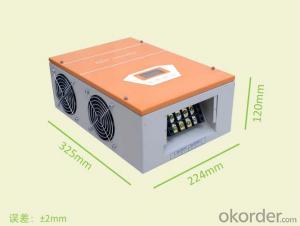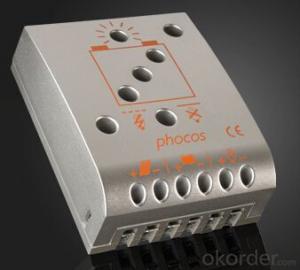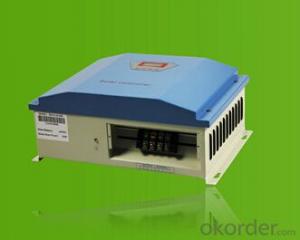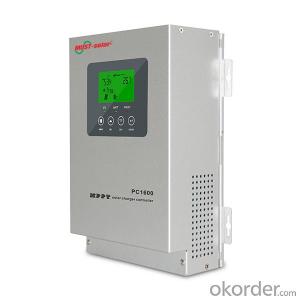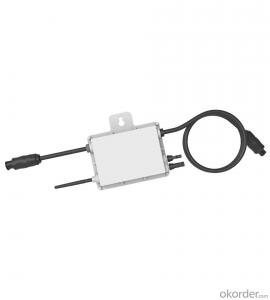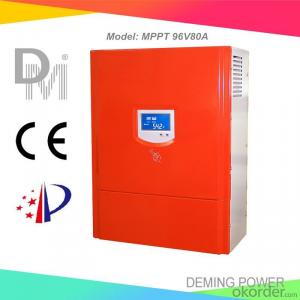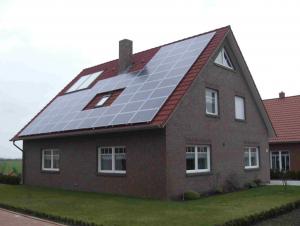Mppt Solar Inverter Charger
Mppt Solar Inverter Charger Related Searches
Mpp Solar Inverter Charger Mppt Solar Inverter Mppt Solar Power Inverter Mppt Inverter Solar Mpp Solar Charger Inverter Mppt Solar Pump Inverter Mppt Solar Hybrid Inverter Mppt Hybrid Solar Inverter Microtek Mppt Solar Inverter Mppt Based Solar Inverter Mppt Inverter For Solar System China Mppt Solar Inverter 12v Mppt Solar Inverter Mppt Solar Inverter 24v Best Mppt Solar Inverter 24v Mppt Solar Inverter Solar Power Inverter Charger Mpp Solar Power Inverter Mppt Solar Inverter Price 24 Volt Mppt Solar Inverter Mppt Solar Inverter 48v Dual Mppt Solar Inverter Apollo Mppt Solar Inverter Mpp Solar Inverter Solar Inverter Charger 1kw Mppt Solar Inverter Mppt Solar Inverter 12 Volt 2kw Mppt Solar Inverter 3 Mppt Solar Inverter 2kva Mppt Solar InverterMppt Solar Inverter Charger Supplier & Manufacturer from China
The Mppt Solar Inverter Charger is a versatile product that combines the functionality of a solar charger and an inverter, making it an essential component for solar energy systems. This device is designed to optimize the power conversion from solar panels, ensuring maximum efficiency and output. The MPPT (Maximum Power Point Tracking) technology within the charger helps to maintain the solar panels at their peak performance, even under varying sunlight conditions.The Mppt Solar Inverter Charger is widely used in various applications, such as off-grid solar power systems, RVs, boats, and remote homes. It is particularly useful in situations where a reliable and continuous power supply is needed, and traditional grid electricity is not available or reliable. This product allows users to harness the power of the sun and convert it into usable electricity, providing a sustainable and eco-friendly solution for energy needs.
Okorder.com is a reputable wholesale supplier of the Mppt Solar Inverter Charger, offering a vast inventory of this product to cater to the needs of various customers. With a commitment to quality and customer satisfaction, Okorder.com ensures that the Mppt Solar Inverter Chargers they supply are of the highest standards, making them a trusted source for those seeking reliable solar energy solutions.
Hot Products







